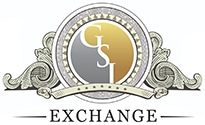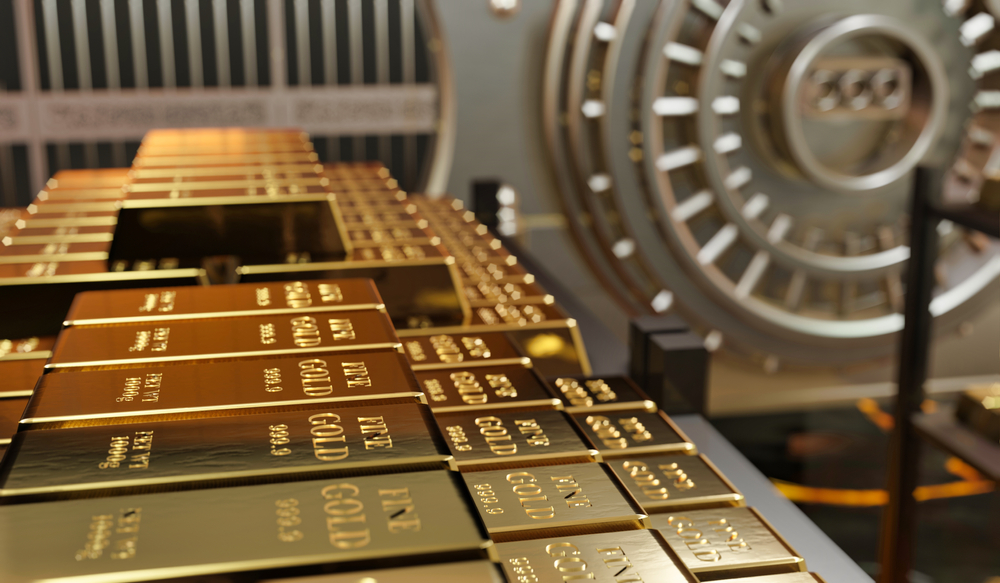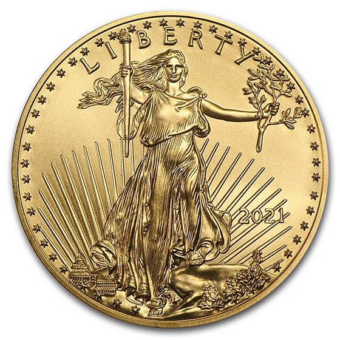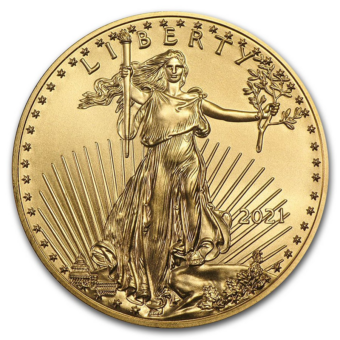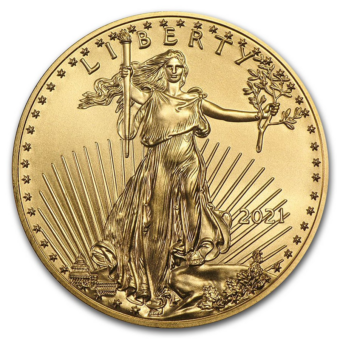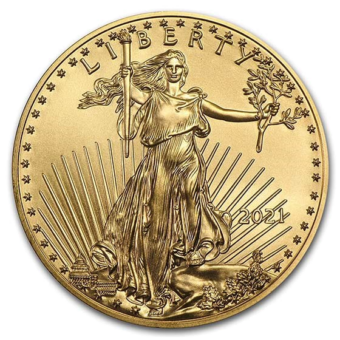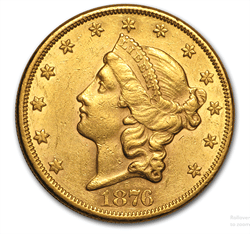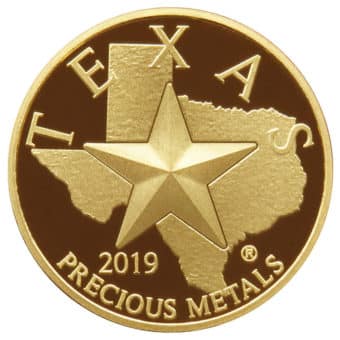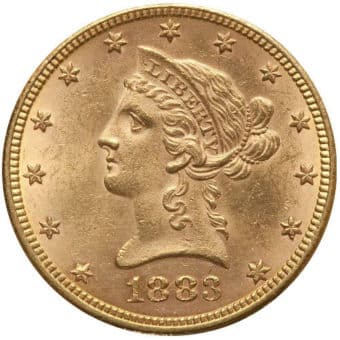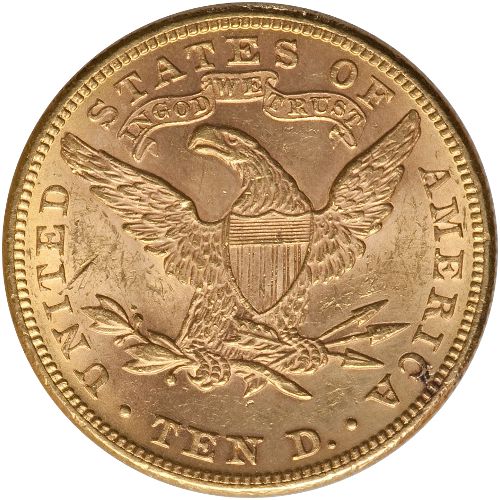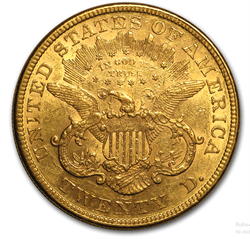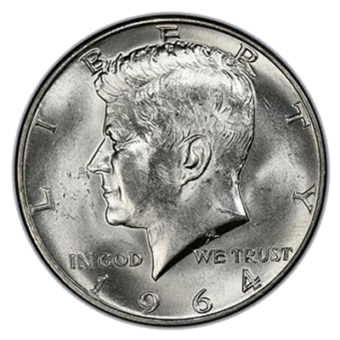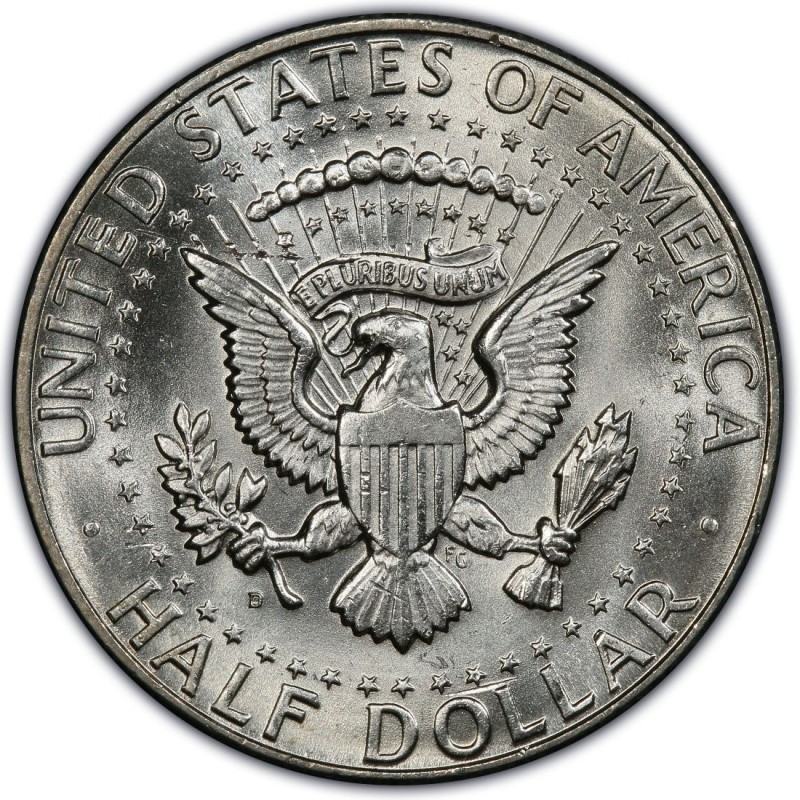A Daily Journey Through the Week's Market
Monday, February 10, 2025: Gold surged to new record highs Monday, nearing $3,000 an ounce, driven by safe-haven demand amid economic concerns, new U.S. tariffs, and policy uncertainty. Strong technicals also fueled buying. April gold rose $39.70 to $2,927.40, while March silver edged up $0.027 to $32.47.
Tuesday, February 11, 2025: Gold and silver prices dipped slightly in midday U.S. trading Tuesday but rebounded from daily lows as buyers stepped in after gold hit record highs overnight. April gold fell $2.20 to $2,932.20, while March silver slipped $0.171 to $32.32. Federal Reserve Chair Jerome Powell's Senate testimony offered no surprises, easing market concerns ahead of his House appearance on Wednesday.
Wednesday, February 12, 2025: Gold prices steadied while silver climbed higher in midday U.S. trading Wednesday, with both near daily highs. April gold rose $2.10 to $2,935.20, and March silver gained $0.508 to $32.82. Gold initially dropped after a hotter-than-expected U.S. inflation report but rebounded, suggesting strong safe-haven demand despite rising bond yields and a stronger dollar.
Thursday, February 13, 2025: Gold prices rose midday Thursday despite hotter-than-expected U.S. inflation data, with April gold up $16.20 at $2,944.00, while March silver dipped $0.095 to $32.69. The January producer price index (PPI) climbed 3.4% year-over-year, exceeding the 3.2% forecast, following an upwardly revised 3.5% rise in December. Month-over-month, PPI rose 0.4%, above the expected 0.3%, while core PPI (excluding food and energy) met expectations at 0.3%. This follows a hotter-than-expected consumer price index report released Wednesday.
Friday - 2.15.25: Gold and silver prices are up in early U.S. trading Friday, with silver surging to a 3.5-month high. Safe-haven demand continues to drive the rally, with April gold up $7.80 at $2,953.20 and March silver jumping $1.344 to $34.07. Bloomberg reports speculation that the U.S. could revalue its gold reserves to strengthen finances, though the White House has not commented. Silver appears to be catching up to gold’s recent gains.
Gold Holds Near Record Highs as Labor Market Steadies
📈 The big picture: Gold prices remain resilient near all-time highs despite a stabilizing U.S. labor market, as investors prioritize safe-haven assets amid ongoing geopolitical and economic risks.
🔎 By the numbers:
- Initial jobless claims dropped by 7,000 to 213,000 for the week ending Feb. 8, slightly below the expected 217,000.
- The four-week moving average edged down to 216,000, signaling labor market stability.
- Continuing jobless claims declined to 1.850 million, from 1.886 million the previous week.
💡 Why it matters: While labor market data often influences gold prices, the metal’s rally remains intact. Analysts note that safe-haven demand, bond yields, and a strong U.S. dollar will shape gold’s trajectory in the near term. Spot gold last traded at $2,913 an ounce, up 0.32% on the day.
Trump Pushes ‘Reciprocal’ Tariffs to Counter Foreign Trade Taxes
📈 The big picture: Former President Donald Trump signed a plan directing the U.S. to impose reciprocal tariffs on countries that tax or limit American goods, arguing it levels the playing field in global trade.
🔎 Key details:
- The policy would match tariffs imposed on U.S. exports, with no expected exemptions or waivers.
- A White House memorandum orders the U.S. trade representative to investigate nonreciprocal trade and identify unfair agreements with major trade deficits.
- Commerce Secretary nominee Howard Lutnick and the trade office will compile a country-by-country tariff report by April 1.
💡 Why it matters:
- Trump argues the move will boost American jobs and prevent other nations from taking advantage of U.S. trade policies.
- Critics warn that higher tariffs could raise prices for American consumers, adding uncertainty to supply chains.
- The White House sees tariffs as a bargaining tool in economic and foreign policy, potentially reshaping international trade.
🔮 What’s next: The Office of Management and Budget has 180 days to assess the financial impact, while businesses and Wall Street brace for potential disruptions.
Gold Holds Above $2,900 as U.S. Producer Inflation Runs Hot
📈 The big picture: Gold prices remain elevated after the latest Producer Price Index (PPI) report showed hotter-than-expected inflation in January, reinforcing expectations that the Federal Reserve may delay rate cuts.
🔎 By the numbers:
- PPI rose 0.4% in January, exceeding forecasts of 0.3% and December’s 0.2% gain.
- Annual PPI inflation hit 3.5%, surpassing the 3.2% consensus and December’s 3.3% print.
- Core PPI (excluding food and energy) increased 0.3%, in line with expectations, but annual core inflation rose to 3.6%, above the 3.3% forecast.
- Spot gold traded at $2,914 an ounce, up 0.35% following the data release.
💡 Why it matters:
- Rising producer prices suggest that inflationary pressures remain persistent, fueling concerns that the Fed will keep rates higher for longer.
- A delay in rate cuts could limit gold’s upside, as higher yields strengthen the U.S. dollar, typically a headwind for the metal.
- However, gold’s safe-haven appeal remains strong amid ongoing macroeconomic uncertainty.
🔮 What’s next: Analysts warn that if CPI and PPI continue to surprise to the upside, expectations for Fed easing in 2024 could weaken further, affecting gold’s trajectory in the coming months.
Hotter-Than-Expected Inflation Pushes Fed Rate Cuts Further Out
📈 The big picture: U.S. consumer prices rose more than expected in January, reinforcing expectations that the Federal Reserve will delay interest rate cuts as inflation remains stubbornly high.
🔎 By the numbers:
- CPI rose 0.5% for the month, higher than the 0.3% forecast.
- The annual inflation rate hit 3.0%, above expectations of 2.9%.
- Core CPI (excluding food and energy) increased 0.4% in January, with the annual rate at 3.3%, both surpassing forecasts.
📊 Market reaction:
- Stocks tumbled—Dow Jones futures slid over 400 points following the report.
- Bond yields surged as traders priced in fewer Fed rate cuts in 2024.
- The first rate cut is now expected in September, with only one cut anticipated this year, per CME Group data.
💡 Why it matters:
Higher inflation continues to be driven by rising shelter, food, and energy costs, which are putting pressure on consumers. Shelter prices, making up nearly a third of the overall index, rose 0.4% for the month, as higher mortgage rates pushed more Americans into an already tight rental market. Food prices also climbed 0.4%, largely due to a 15.2% spike in egg prices, fueled by supply disruptions from bird flu outbreaks. Energy costs contributed to the inflationary surge, with gasoline rising 1.8%, adding to the squeeze on household budgets. With price increases eroding wage gains, the report suggests that inflation remains stickier than anticipated, making it harder for the Fed to justify cutting rates anytime soon.
🔮 What’s next:
Federal Reserve Chair Jerome Powell has warned against overreacting to a single inflation report but emphasized that policymakers remain cautious. The Fed will closely watch upcoming inflation data, including the Personal Consumption Expenditures (PCE) index, which the central bank considers a key gauge. Meanwhile, former President Donald Trump has continued to push for lower interest rates, arguing that they should align with his proposed tariff policies. However, with inflation proving persistent, Fed officials are likely to maintain their wait-and-see approach, delaying any potential rate cuts until at least September.
Next Week’s Key Events
Economic Calendar: January 20–24
Monday, February 17
- President’s Day Holiday – Markets closed
Tuesday, February 18
- 8:30 AM ET – Empire State Manufacturing Survey (Feb.)
- 10:20 AM ET – San Francisco Fed President Daly speaks
Wednesday, February 19
- 8:30 AM ET – Housing Starts & Permits (Jan.)
- 2:00 PM ET – Minutes of Fed’s January FOMC Meeting
Thursday, February 20
- 8:30 AM ET – Initial Jobless Claims (Feb. 15)
- 8:30 AM ET – Philadelphia Fed Manufacturing Survey (Feb.)
- 10:00 AM ET – U.S. Leading Economic Indicators (Jan.)
Friday, February 21
- 9:45 AM ET – S&P Flash U.S. Services PMI (Feb.)
- 9:45 AM ET – S&P Flash U.S. Manufacturing PMI (Feb.)
- 10:00 AM ET – Consumer Sentiment (Final, Feb.)
- 10:00 AM ET – Existing Home Sales (Jan.)
IMPACT ON PRECIOUS METALS MARKETS
Empire State Manufacturing Survey (Feb. 18)
The Empire State Manufacturing Survey measures business conditions in New York’s manufacturing sector. It provides insight into the state’s industrial activity, new orders, and employment trends.
Impact: A strong reading signals economic expansion, potentially reducing demand for gold and silver as safe-haven assets. A weaker-than-expected result could raise recession fears, increasing interest in precious metals.
Philadelphia Fed Manufacturing Survey (Feb. 20)
This survey evaluates manufacturing activity in the Mid-Atlantic region, covering metrics like employment, shipments, and new orders. It is an early indicator of broader industrial trends.
Impact: A positive reading suggests a strong economy, which can pressure gold and silver prices. Conversely, weak results may indicate economic slowdown, boosting the appeal of precious metals as safe havens.
Housing Starts & Permits (Feb. 19)
Housing starts and permits track new residential construction activity. These figures are key indicators of the health of the real estate market and broader economic confidence.
Impact: Strong housing data reflects economic strength and consumer confidence, which can reduce the demand for gold and silver. Weak data, on the other hand, signals economic uncertainty, driving investors toward precious metals as a hedge.
Existing Home Sales (Feb. 21)
Existing home sales measure the number of previously owned homes sold during the month. The data provides insights into consumer spending, mortgage trends, and the overall health of the housing market.
Impact: High sales indicate economic stability, potentially pressuring gold and silver. If sales decline, it may suggest economic weakness, prompting investors to seek safety in precious metals.
Minutes of Fed’s January FOMC Meeting (Feb. 19)
The Federal Open Market Committee (FOMC) minutes offer detailed insights into policymakers’ discussions on interest rates, inflation, and economic conditions. These minutes help shape market expectations regarding future monetary policy.
Impact: If the minutes indicate a hawkish stance (rate hikes or tighter monetary policy), gold and silver may decline due to higher opportunity costs. If the minutes reveal a dovish tone (rate cuts or stimulus measures), precious metals could rise as lower rates enhance their appeal.
Initial Jobless Claims (Feb. 20)
This report measures the number of people filing for unemployment benefits each week. It is a key indicator of labor market conditions and economic stability.
Impact: Rising jobless claims suggest a weakening labor market, increasing economic uncertainty and supporting gold and silver prices. A strong labor market, indicated by fewer claims, reduces safe-haven demand for precious metals.
U.S. Leading Economic Indicators (Feb. 20)
This composite index aggregates various economic data points, including jobless claims, consumer sentiment, and manufacturing orders, to predict future economic trends.
Impact: A strong reading suggests economic resilience, lowering demand for gold and silver. A negative reading may signal a downturn, increasing investor interest in precious metals as a store of value.
S&P Flash U.S. Services PMI (Feb. 21)
The Services PMI measures business activity in the service sector, which makes up the majority of the U.S. economy. A high reading reflects strong demand and economic growth.
Impact: If the index is strong, gold and silver may decline as investors favor risk assets. A weak report could signal economic slowing, prompting increased demand for precious metals.
S&P Flash U.S. Manufacturing PMI (Feb. 21)
This index tracks manufacturing output, new orders, and employment within the sector, providing a snapshot of industrial economic health.
Impact: A strong PMI can weigh on gold and silver as it signals economic expansion. A weak reading may increase recession fears, pushing investors toward safe-haven assets like precious metals.
Consumer Sentiment (Feb. 21)
Consumer sentiment measures the confidence households have in the economy. It reflects consumers' expectations for income, spending, and job security.
Impact: High sentiment suggests economic strength and stability, reducing the need for gold and silver. Low sentiment increases uncertainty, potentially driving demand for precious metals.
Federal Reserve Speeches & FOMC Minutes (Feb. 18 & Feb. 19)
Throughout the week, Federal Reserve officials, including San Francisco Fed President Daly, will provide insights into the economic outlook and monetary policy. These speeches, along with the FOMC minutes, can influence interest rate expectations.
Impact: Hawkish rhetoric, indicating tighter monetary policy or rate hikes, tends to weaken gold and silver due to higher yields on interest-bearing assets. A dovish stance, signaling potential rate cuts or economic concerns, can support precious metals as lower rates enhance their appeal as a store of value.
